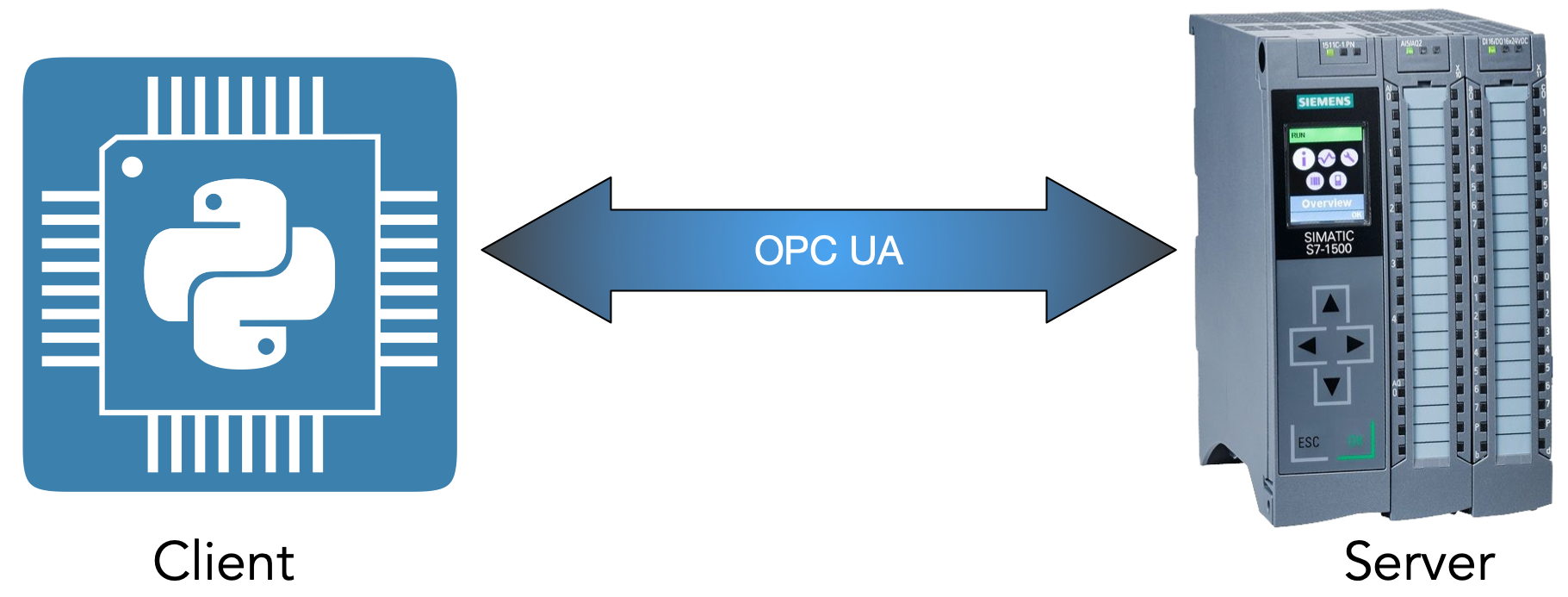

If you are just learning and can’t easily get the software then there are two options. Of course the best type of training is the hands on type but if that’s not an option then you’ll need to start digging in. So we’ll look at the essentials for your journey. There’s a lot of different stuff there thrown together and found in different spots with very long URL addresses to add to the confusion. From a new users perspective I’ve only heard disparaging comments about finding the right information on the Siemens’ website.
OPC SIMATIC NET SYNTAX MANUALS
A variable doubleword VD 2 (S7-200) = DB1.DBD2 (S7-300).This is a listing of tutorials and manuals found on the Siemens automation website that will get you started on the SIMATIC Step 7 software for S7-300 and S7-400 systems. To access a variable byte of the data block in S7-300 syntax you need to type: VB 2 (S7-200) = DB1.DBB2 (S7-300). The syntax for the 200 equals the S7-300 syntax. Normally, we assume that the type will be set via the configuration tool IBH OPCEditor. The 'signed' datatypes also exist for the S7. If in a write operation the text is shorter as the length enterd in, the rest is filled up with zeroes. Since this information lacks in absolute notation, strings are treated as pure character arrays of the length entered in. In S7 PLCs, strings have 2 leading bytes with additional information regarding the string, the declared length and the current length.
OPC SIMATIC NET SYNTAX VERIFICATION
When writing boolean arrays, always the entire byte is written.ģ) If strings are entered in absolute notation, there is no verification whether it is a declared string. A variable like PLCName.M4.3 is not permitted. PLCName.M4.0 reads 7 Bits starting from M4.0. Example: 2.0 reads 5 Bits starting from DBX2.0. Arrays of boolean must always start with Bit 0 within the byte. PLCName.MW4 reads 7 Words starting from the MW4.Ģ) For bit operands also the suffix may be added to read/write arrays. Example: 2 reads 5 bytes starting from DBB2. A shortcut to the IBH OPCEditor is installed on your PC.ġ) For these operands the suffix may be added to read/write arrays. The configuration of the PLC itself must always be done via the IBH OPCEditor, regardless whether absolute or symbolic addressing is to be used. If the variables have been selected individually via the IBH OPCEditor, the variables can be conviniently browsed from the OPC client. A Variable must always begin with the PLCName. The syntax is always PLCName.VariableName respectively. When using absolute addresses from the OPC client, also a mixed S5/S7 notation is possible.

To do so, the PLC program is assigned with the IBH OPCEditor to the PLCName and the required variables are selected within the user interface.Īddressing of variables with absolute addresses in the IBH OPC Server is done by using the Simatic Step7 or Simatic Step5 syntax. These features eliminate the need of double declarations. Even variables used in S7 Data Blocks can be accessed via the IBH OPC Server with their symbolic names. It is also possible to use symbolic addressing as defined in the PLC program (Symbolic Table). One of the special features of the IBH OPC Server is to allow direct use of the absolute PLC Variables without declaration.


 0 kommentar(er)
0 kommentar(er)
